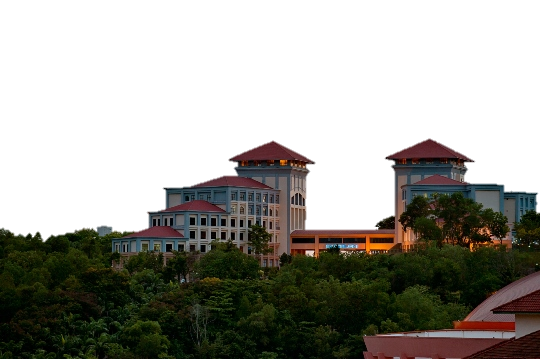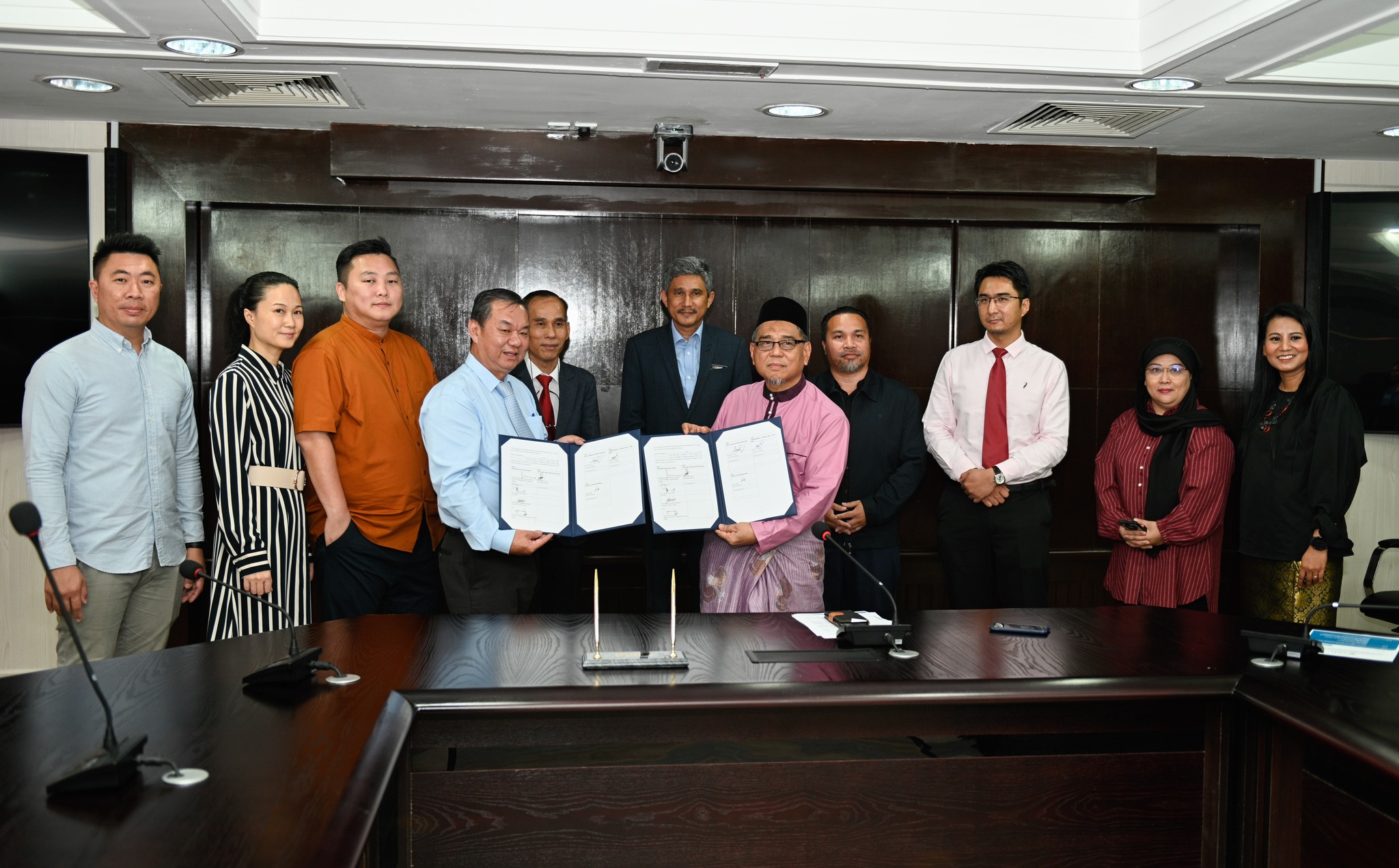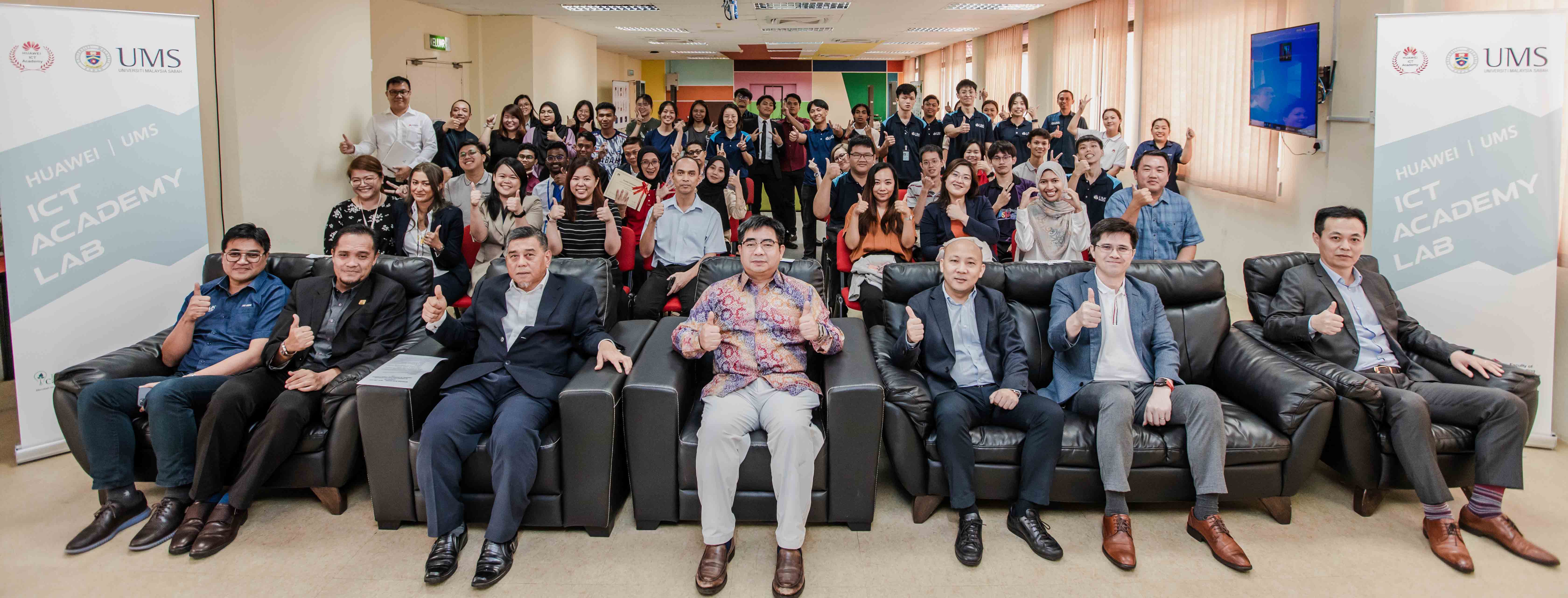 NOTWILL, SWITZERLAND: Universiti Malaysia Sabah (UMS) has signed a collaborative agreement with Swiss Paraplegic Research (SPF) to conduct research studies on spinal cord injuries.
NOTWILL, SWITZERLAND: Universiti Malaysia Sabah (UMS) has signed a collaborative agreement with Swiss Paraplegic Research (SPF) to conduct research studies on spinal cord injuries.
The agreement was signed by UMS Vice Chancellor, Professor Datuk Dr. Kasim Hj. Mansor and SPF Director, Professor Dr. Med. Gerald Stucki here on Tuesday (02 May 2023).
It was also witnessed by UMS Deputy Vice-Chancellor for Research and Innovation, Professor Ir. Dr. Rosalam Hj. Sarbatly and SPF Managing Director, Mirjam Brach.
According to Dr. Kasim, the research focuses on the level of care, quality of life and rehabilitation of those who have had spinal cord injuries.
"It is an initiative from the World Health Organization (WHO) where Swiss Paraplegic Research, which is a leading research institution in Europe, is responsible for coordinating the implementation of research on an international scale.
"This study will be conducted in 42 countries including Malaysia, which at UMS the research is led by Associate Professor Dr. Fatimah Ahmedy as a rehabilitation medicine specialist and an Associate Professor in Faculty of Medicine & Health Sciences, UMS along with several other medical experts in the same field in this country," he explained.
According to Dr. Kasim, the signed agreement will also result in cooperation in the exchange of expertise between the two institutions to increase the visibility of UMS towards supporting international efforts in the field of spinal cord injury research.
He said, among the studies that have been discussed include developing a rural rehabilitation center located in Beaufort, Sabah that can be used as a facility to carry out rehabilitation research based on artificial intelligence (AI-assisted rehabilitation).
"The main aim of this research is to optimize the ability of those who are paralyzed and disabled to be able to return to work and lead a daily life in the community.
"Indeed, this study is very timely because it is seen in line with the research skills of UMS which focuses on the university's contribution to the community through the village rehabilitation center as a living lab.
"With the inspiration of UMS as an innovative community leader, I am confident that this center can be a reference to help rural communities who suffer from physical problems and disabilities due to limb injuries to return to work.
"Indirectly, this can help the government in improving the national economy as well as reducing the burden of health costs," added Dr Kasim.
Swiss Paraplegic Research researchers are expected to come to Sabah for research purposes in early 2024.



 KOTA KINABALU: Universiti Malaysia Sabah (UMS) has signed a research agreement on regenerative agriculture and biodiversity with a local fertiliser company to strengthen its educational platform of eco-farm agriculture.
KOTA KINABALU: Universiti Malaysia Sabah (UMS) has signed a research agreement on regenerative agriculture and biodiversity with a local fertiliser company to strengthen its educational platform of eco-farm agriculture.
 KOTA KINABALU: Universiti Malaysia Sabah (UMS) and Huawei Technologies Malaysia Sdn Bhd (Huawei Malaysia) have announced the opening of the ICT Academy Lab located at the Faculty of Computing & Informatics, UMS.
KOTA KINABALU: Universiti Malaysia Sabah (UMS) and Huawei Technologies Malaysia Sdn Bhd (Huawei Malaysia) have announced the opening of the ICT Academy Lab located at the Faculty of Computing & Informatics, UMS.
 The Faculty of Business, Economics and Accountancy (FBEA), Universiti Malaysia Sabah feasted with compassion for this Hari Raya.
The Faculty of Business, Economics and Accountancy (FBEA), Universiti Malaysia Sabah feasted with compassion for this Hari Raya. The 3rd Borneo Quality of Life Conference, themed "Quality of Life Across All Ages," will take place at Universiti Malaysia Sabah from May 23rd-26th, 2023. The conference will also be held partially online, allowing participants from across the globe to join.
The 3rd Borneo Quality of Life Conference, themed "Quality of Life Across All Ages," will take place at Universiti Malaysia Sabah from May 23rd-26th, 2023. The conference will also be held partially online, allowing participants from across the globe to join.